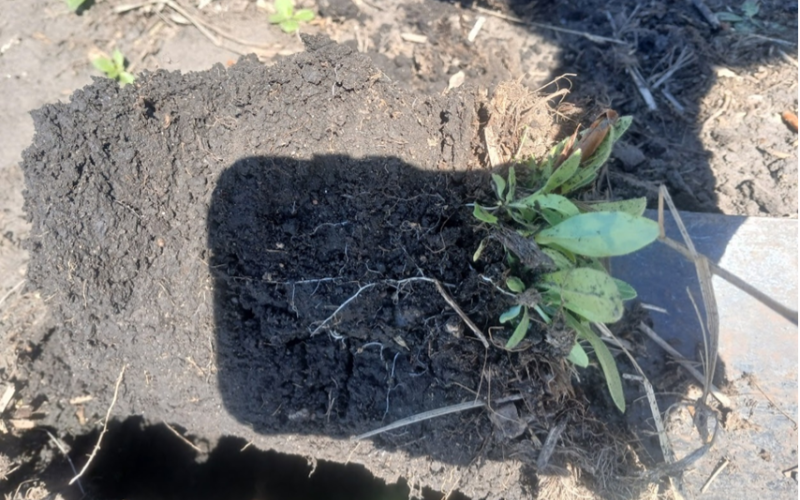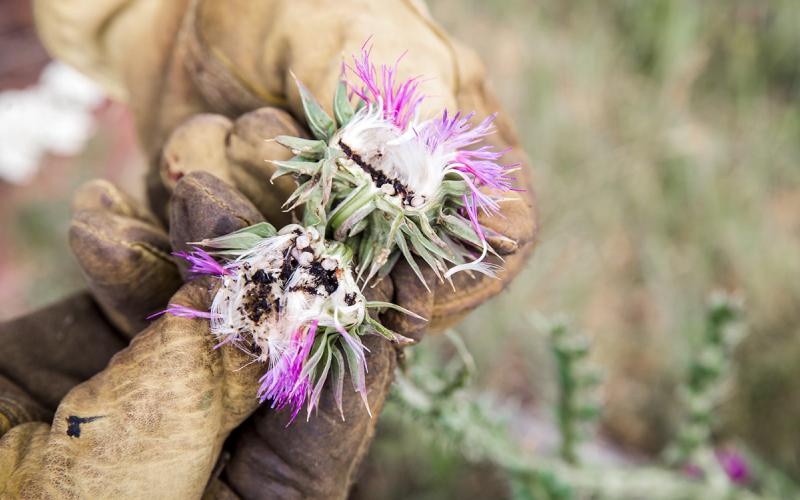Written collaboratively by Kristen Blann, Lori Brown, Corissa Busse, Christian Lenhart, Julie Brazell, Nina Hill, Angela Thomas, and Krista Ehlert.
Introduction
Livestock and wildlife rely heavily on draws and drainages in the Northern Great Plains (NGP) for forage, water, and cover. Large perennial river systems (streams that flow year-round) are few and far between in the grasslands of South Dakota west of the Missouri River—also known as the West River region. In comparison, small stream systems that do not hold water throughout the year are common and occur on most ranches. Because of their prevalence, these small stream systems are incredibly important for the animals and people that make their home on the vast prairie landscape. There are ample resources available to guide managers of larger river systems, but there is little guidance for the management of streams in western South Dakota that do not flow all year round.
This publication describes the intermittent (flowing only seasonally/part of the year) and ephemeral (flowing only briefly after snowmelt or rain events) streams in the prairie habitats of western South Dakota, provides instructions on assessing stream type and condition, and explains management options to help restore or protect streams in a working rangeland. To make the guide user-friendly for landowners or managers who want to improve their riparian corridors (transition areas between drier uplands and wet channels), much of the technical information has been separated into appendices that provide additional detail about the data and methods.
The goals of this guide are to: 1) educate readers on why prairie stream and riparian health are important; 2) help readers identify the type of stream in their area and assess its health and functionality; 3) provide recommendations for management according to stream type and condition, with a focus on adaptive management; and 4) inspire readers about the potential to improve stream and riparian health in western South Dakota.
You will also notice a variety of stories scattered throughout the guide from stewards and land managers across western South Dakota. These stories help to illustrate some of the on-the-ground real-life examples of those working to restore, heal, and improve prairie streams in this landscape. These individuals share lessons learned, opportunities, challenges, and thoughts for how we can work together on restoring stream systems one ranch at a time.
Note that this guide is not intended to cover the streams of the Black Hills, an ecological region that is surrounded by but not a part of the Great Plains. Black Hills streams are distinct from prairie streams and, in part because of their groundwater connections and ability to support cold-water fisheries such as trout, have been extensively studied and described elsewhere.
The Nature Conservancy (TNC) and South Dakota State University (SDSU) Extension created this guide in response to partner interest and using Natural Resources Conservation Service (NRCS) Collaborative Conservation Grant funding, specifically to aid land managers in understanding and managing smaller ephemeral and intermittent prairie streams and stream channels of the West River region of South Dakota.


